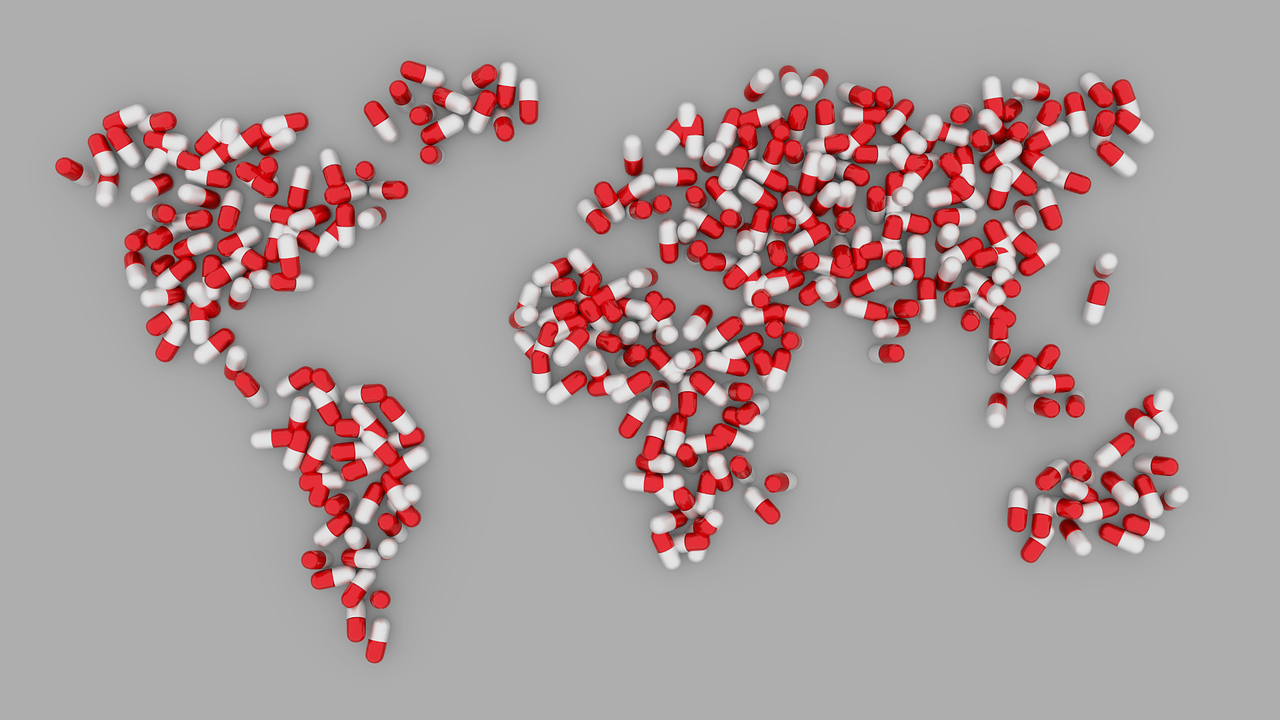
A major question for public health researchers worldwide is, despite considerable progress made in the health status of almost all regions of the world, will a “Grand Convergence” in health be achieved globally by 2035? Recently, researchers from Jawaharlal Nehru University, New Delhi, have expressed their apprehension regarding this vision.
To further the vision of “Grand Convergence” in health globally by the year 2035, authors conducted analyses regarding the “Convergence Hypothesis” for the trends in health status indicators such as Infant Mortality Rate (IMR) and Life Expectancy at Birth (LEB) for a span of 65 years from 193 countries, using various convergence metrics to draw robust conclusions. The authors found that for some countries, the progress in achieving better health status was much faster while some countries were lagging behind. They further estimated that presently, the rate of growth is 2.2% annually and reported that the “Grand convergence” in global health according to the current rate will be achieved by 2060 rather than 2035, which was envisioned by Jamison and colleagues in their article “Global health 2035: a world converging within a generation,” published in The Lancet in 2013.
Based on their own assessment and also by referring to Professor Angus Deaton’s work, the researchers have explained that the enormous payoff from investing in health has been realized globally in the last two and a half decades. Individuals are living better, healthier, and longer lives than their predecessors, famously known as “the great escape,” as explained by professor Angus Deaton in his seminal work for which he was awarded the Nobel Prize in 2015. The progress in health statuses, such as a decrease in infant mortality and a rise in life expectancy of the population across all age groups, including at the time of birth and across different countries, is easily witnessed.
The authors used measures such as the Gini Coefficient and Dispersion Measure of Mortality (DMM) and concluded that the differential rate of mortality decline and the heterogenous progress in life expectancy in different regions continue to persist and has become more evident in recent decades. Thus, the persistence of health inequalities, despite staggering progress in health across regions and within individual countries, remains a matter of great concern.
Authors also put forward that their findings assume the importance of the context of ongoing Sustainable Development Goal (SDGs). In particular, one goal of the SDGs is ensuring good health and well-being universally. SDGs also aim to close the between-country gaps in health status by 2030.
An effective blueprint to realize “Grand Convergence” in global health by 2035 should include more fundamental changes to ensure efficient and equitable results. Developing countries, especially those which are lagging behind, need to diversify and evolve their health policies, prioritize public health financing, and invest in research and technology for health care to catch up with countries that have achieved better progress. The authors have shown through empirical analysis that socio-economic factors such as GDP per capita and literacy rates significantly affect health status. Moreover, factors such as sanitation, access to improved water facilities, and access to health facilities which, in most of these countries, are in turn affected by the socio-economic status show an important effect too. Thus, recognition of socio-economically vulnerable population within each country and region will provide insights into developing need-based specific health policies and interventions for achieving more efficient and faster results.
Another important domain that the authors have attempted to highlight in the present study, which has also been of thematic importance in earlier studies, is the availability of an accurate and timely cause of death information. As witnessed in the case of developed countries, the availability of such vital statistics facilitates better design and management of health interventions. Lastly, the authors call on focusing on the critical components of both supply and demand of health systems in the lagging countries.
These findings are described in the article entitled World health status 1950-2015: Converging or diverging, recently published in the journal PLOS One.
References:
- Jamison DT, Summers LH, Alleyne G, Arrow KJ, Berkley S, Binagwaho A, et al. Global health 2035: a world converging within a generation. Lancet. 2013; 382: p1898–1955.
https://secure.jbs.elsevierhealth.com/action/cookieAbsent?code=null - Goli S, Moradhvaj, Chakravorty S, Rammohan A (2019) World health status 1950-2015: Converging or diverging. PLOS ONE 14(3): e0213139. https://doi.org/10.1371/journal.pone.0213139
- Deaton, A. (2013). The great escape: health, wealth, and the origins of inequality. Princeton University Press.









